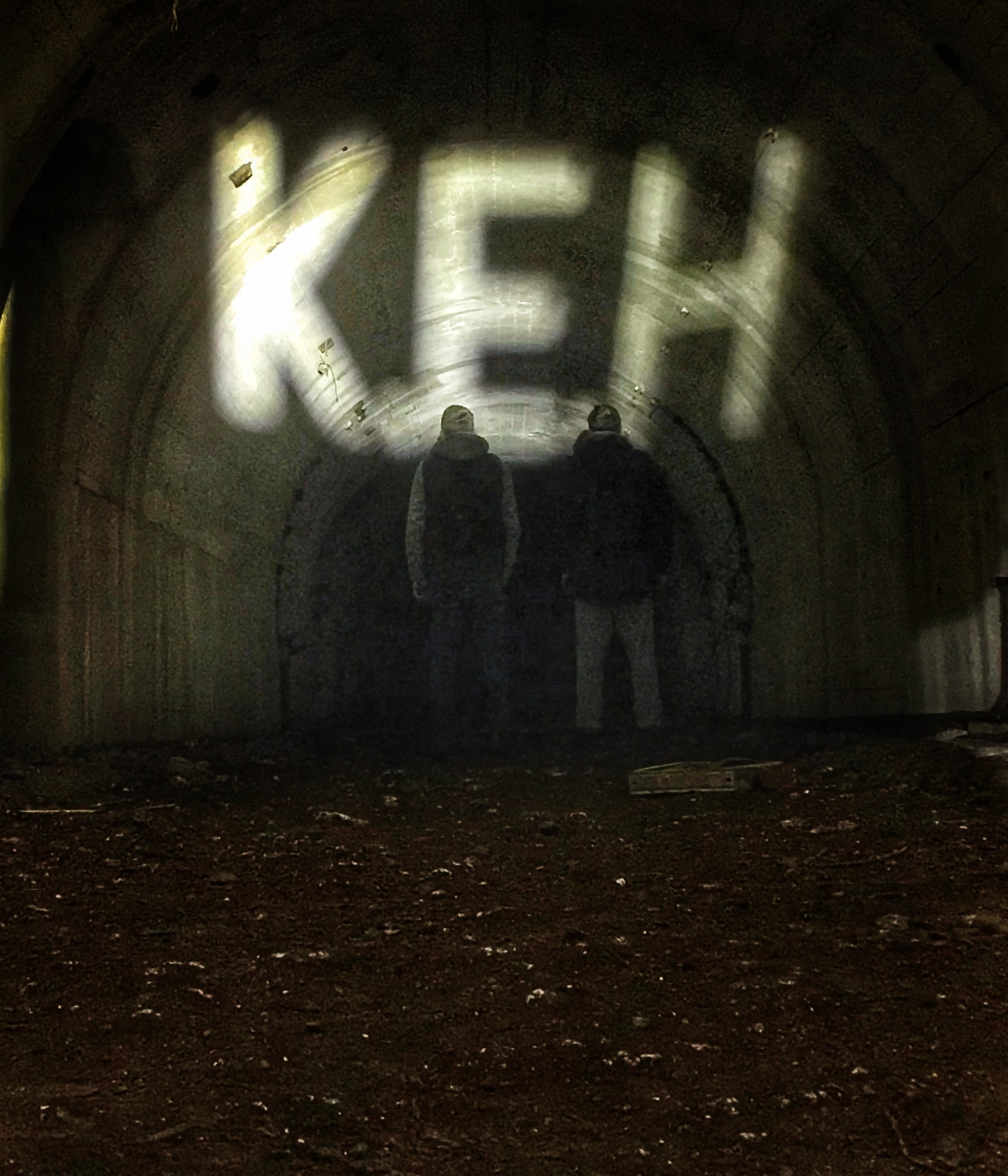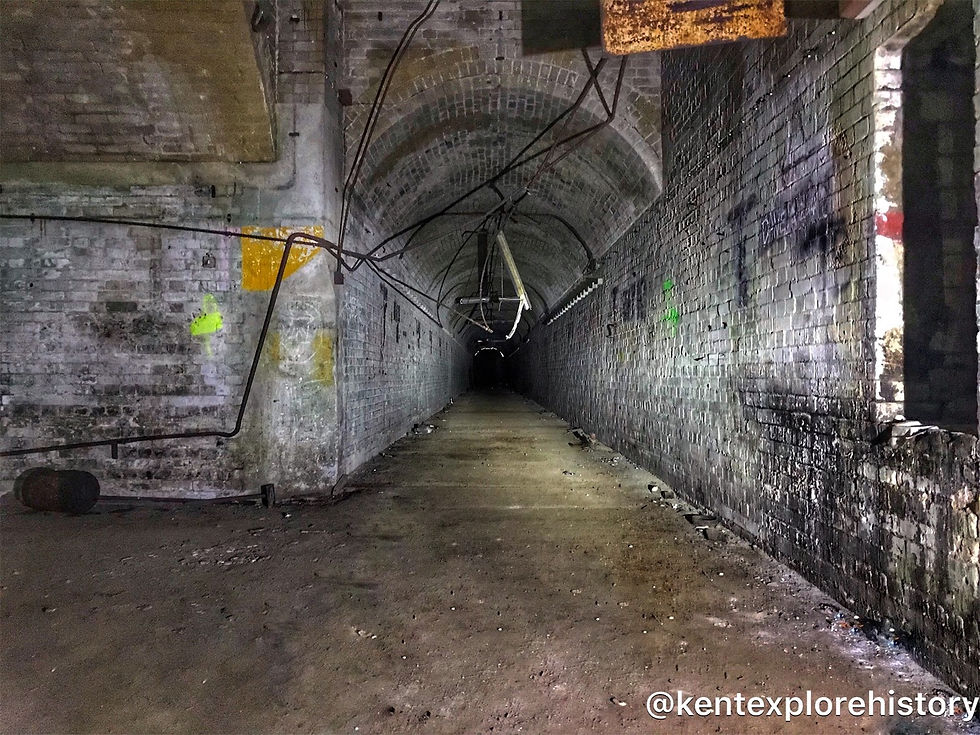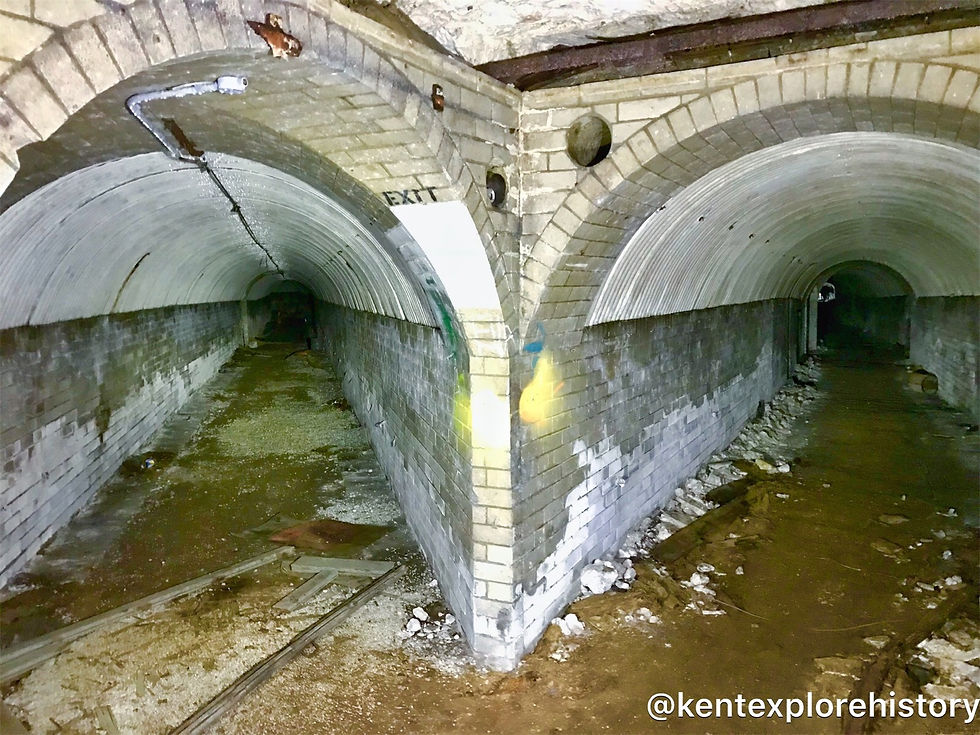HMS Cavalier
- kentexplorehistory

- Sep 29, 2021
- 3 min read
HMS Cavalier is a C Class Destroyer and was one of 96 War Emergency Programme Destroyers ordered between 1940 and 1942. She was built by J. Samuel White and Company at Cowes, Isle of Wight. Cavalier was laid down 28th March 1943, launched 7th April 1944 and commissioned into the Royal Navy on 22nd November 1944 being given the pennant number R73.
What made Cavalier particularly special is that she was one of the first ships to have her forward and aft portions of her hill are welded with her midsection riveted to ensure strength, this also gave her additional speed.
After she was commissioned she joined the 6th Destroyer Flotilla of the Home Fleet taking part in a number of operations in Norway. One of these operations was in February 1945 when she was despatched with two other destroyers to a convoy from the Kola Inlet in Russia. The convoy had suffered attacks by enemy aircraft and U Boats before being scattered by a violent storm. Cavalier helped reform the convoy and return it to Britain, of the 34 ships in the convoy only 3 were lost. This action earned Cavalier a battle honour.
Later in 1945 she was despatched to the Far East, this was to provide naval gunfire support during the Battle of Surabaya. By February 1946 she was sent to Bombay to assist in quelling the Royal Indian Navy mutiny. In May 1946 she was paid off after some time in the British Pacific Fleet and placed in reserve at Portsmouth.
Between 1955 and 1957 Cavalier underwent modernising at Thornycroft Woolstons, Southampton Shipyard. The works included the additional of two Squid Anti-Submarine Mortars this required the removal of some torpedo tubes and a 4.5inch gun. She was recommissioned on 16th June 1957 and sent to the 8th Destroyer Squadron in Singapore. During the period of March to April 1958 Cavalier took part in Operation Grapple, this was the British testing of Nuclear Weapons on the islands of Malden and Kiritimati.
In August 1959 she was sent to the RAF Base at Gan Island in the Maldives due to civil unrest. During December 1962 due to the rebellion that subsequently became part of the Indonesia-Malaysia Confrontation Cavalier transported 180 troops from Singapore to Brunei to aid in the suppression of the rebellion. Cavalier then stayed in Brunei as a communications centre until other Royal Navy ships arrived.
On 6th July 1971 in a race against a similar ship HMS Rapid, Cavalier would narrowly win after Rapid blew a safety valve this earned Cavalier the award “Cock O’ The Fleet”. The award can still be seen on the bridge of Cavalier.
Cavalier was decommissioned in 1972 at Chatham Dockyard before being laid up in Portsmouth. She was sold in 1977 for £65,000 to the Cavalier Trust although a special warrant was issued that allowed her to keep the prefix HMS and fly the White Ensign.
She was moved to Southampton in August 1982 as a museum and memorial but due to not being financially successful was moved to Brighton in October 1983. By 1987 she was taken to the River Tyne to be the centrepiece of a National Shipbuilding Exhibition Centre but these plans never came to fruition. By 1996 with Cavalier in dry dock owing to a list and rusting the venture was wound up and it was decided to sell or scrap her in situ. Cavalier was purchased by the Historic Dockyard, Chatham in 1998 and arrived at Chatham on 23rd May 1998.
With subsequent and ongoing restoration Cavalier is now in No.2 Dry Dock at the Historic Dockyard, Chatham and is officially designated as a war memorial to the 142 Royal Navy Destroyers and 11,000 men sunk and killed on those ships during World War Two.














































































Comments